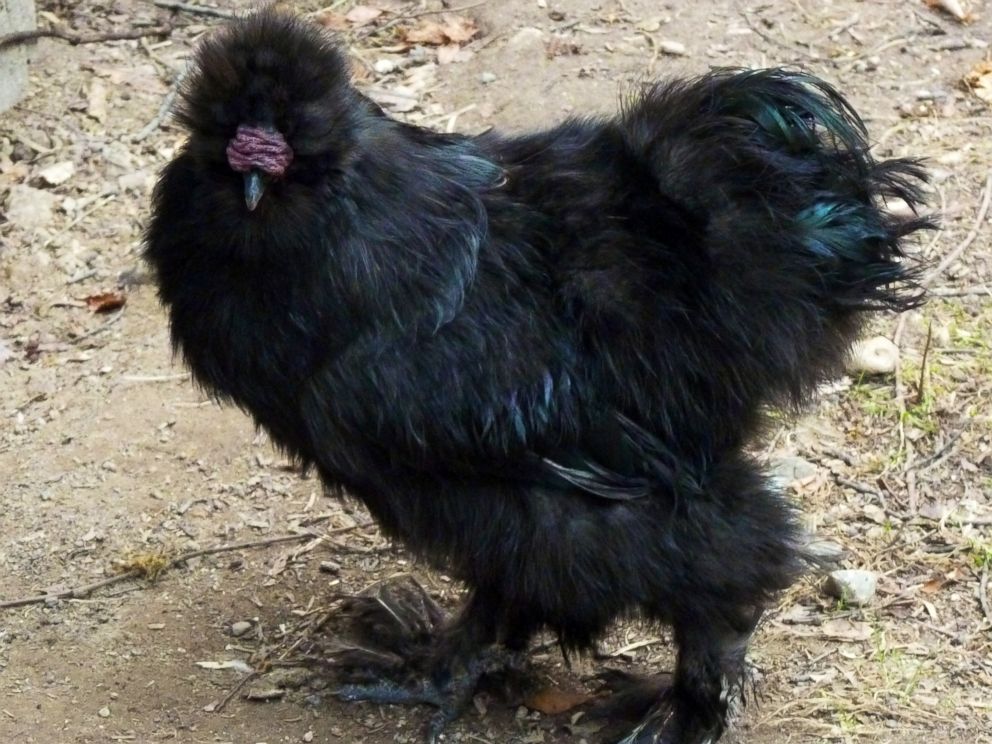

If you have a brood you’ll notice the males chest-bumping and becoming more physical with each other. Roosters will be roosters, however, and they will start to show some bossy behavioral traits among a flock as they mature. If this aligns with some of the other signals, however, it’s a good indication you have a rooster.īody Language - Silkies are a docile and friendly breed. Tidbitting is the name used for the noises and dance roosters perform when trying to alert the rest of the flock to the food they’ve found. For such a small bird, they can let out a deafening crow. The earliest you can expect to hear a male crow is around 3 months old. Noise - I’ve spoken with owners before that said the only thing that actually confirmed the sex of a Silkie for them was when it let out a “cock-a-doodle-do”.

See also Do Chickens Produce Milk? (The Surprising Truth) Here are some other behaviors that you should start noticing earlier than egg laying: But it can be 7-9 months before Silkies start laying. The most obvious is laying an egg, of course. Males and females also display different behaviors at different stages of their development.

It can take around 6 months to clearly see spurs developing though, so it’s not a way to sex them early on. Roosters have spurs, female chickens do not. Being one of the few breeds that also have feathers on their legs, males tend to have more, thicker leg feathers too. Secondly, males develop thicker, stronger legs. First of all, an interesting fact - Silkies are one of few breeds or species of birds that have five toes, not four. Related - What female Silkie combs and wattles look like.įeet and Legs - The feet and legs can be a pretty big giveaway too. While female combs are more of a “V” shape.Ī cockerel or rooster’s wattle is longer and larger too. If you already have mature birds, males have larger, rounder “walnut-like” combs. If you have a mixed brood, it’ll become very obvious when some chickens start developing combs and wattles and some don’t. Sometimes you can see the difference at the end of their tail too as they’ll have more pointy feathers there.Ĭombs and Wattles - Male silkies develop their combs and wattles earlier than females. They also have pointed saddle and hackle feathers (around the neck). Silkie roosters have longer feathers poking out among the fluffy ones. General Plumage - Despite both males and females looking like fluffy balls of feathers with a couple of eyes poking out, there are some differences between males and females. Females will have a much more rounded and tight crown. The older they are, the easier this is to tell the difference between the two. Not only is this crest of feathers one of the distinguishing features that are unique to Silkies, but the males start to grow longer, single feathers from around 8 weeks of age. It’s hard to describe, but quite obvious when compared side-by-side.Ĭrown feathers - Crown feathers, also called their crest are the feathers on the top of their heads. Wings - One of the earliest ways you can tell the difference between a male and a female is by looking at their wings.įemales have primary wing feathers that are much more defined. Here are some of the things to look out for or pay special attention to if you’re trying to identify if a Silkie is a pullet, hen, cockerel, or rooster: Jump to:Īs males and females age and mature, there are some physical differences that will start to become apparent. It’s not the safest or most reliable way to tell though. Vent sexing is the method a lot of experienced breeders use. Silkies are one of the harder breeds to sex reliably at an early age.
SILKIE CHICKEN FEET HOW TO
If you’re looking for ways how to tell male and female Silkies apart, there are some physical and behavioral characteristics that can help you determine the sex.


 0 kommentar(er)
0 kommentar(er)
